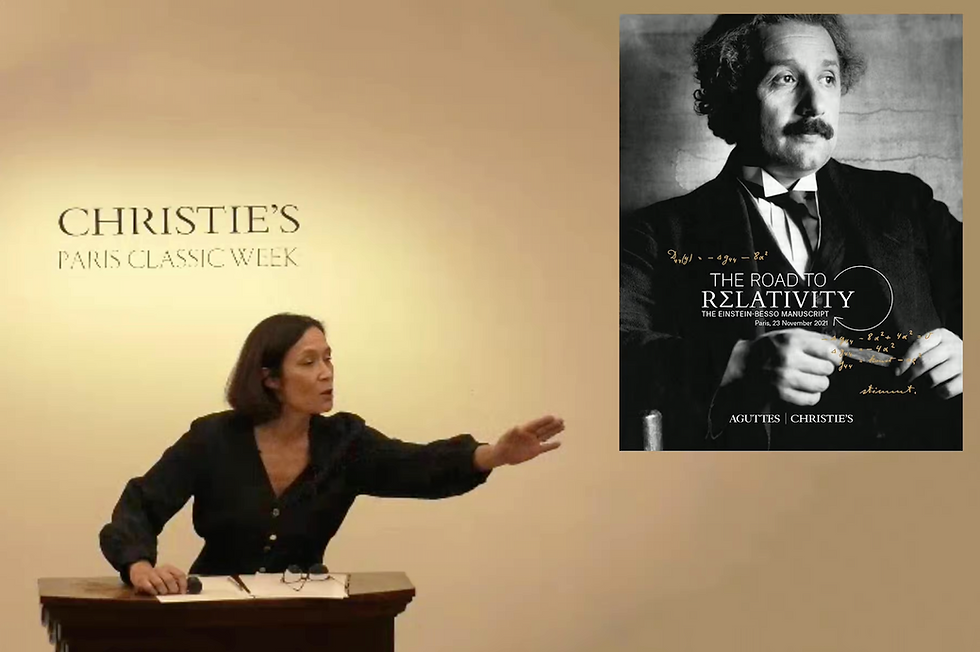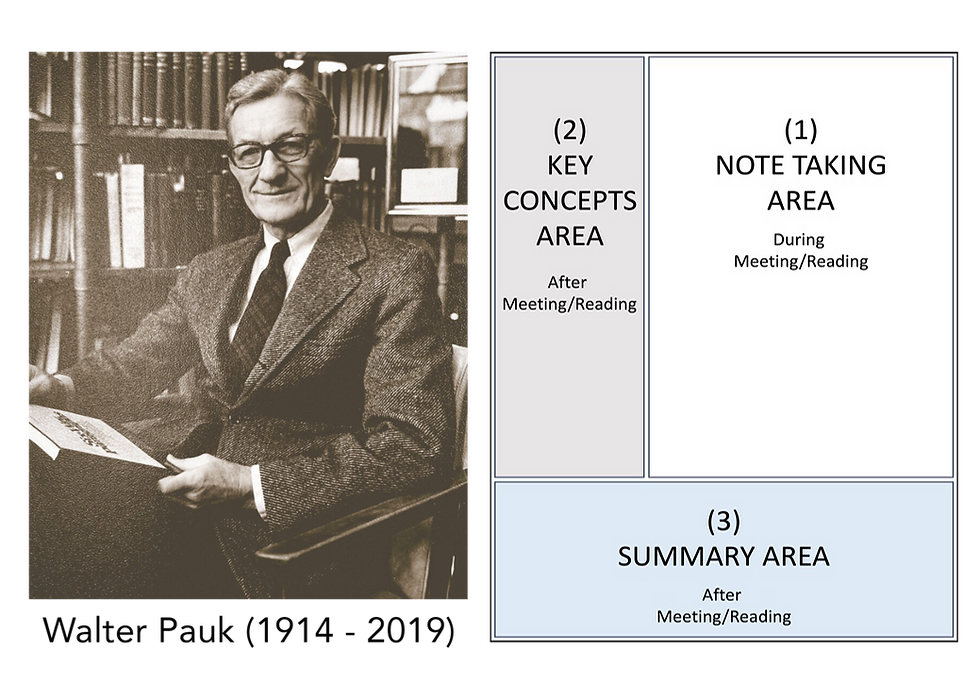Effective Note Taking
- Seza Babaoglu
- Jul 24, 2023
- 2 min read
Updated: Sep 11, 2023

There are several note-taking techniques, and the best method for you will depend on your learning style and the type of information you are taking notes about. To understand what fits best for you, consider experimenting with different methods until you find one that works well for your needs.
Before delving into specific techniques, let me share some general tips for note-taking that can enhance your learning experience, regardless of the method you choose:
Listen actively: Instead of transcribing everything the lecturer says, focus on capturing the main points and grasping the big picture of the topic.
Use abbreviations and symbols: Employing shorthand and symbols can save time and help keep your notes well-organized and concise.
Be selective: Avoid trying to jot down every single detail. Concentrate on noting the most relevant and important information during lectures or while reading.
Review your notes regularly: Regularly revisiting your notes reinforces your understanding of the material and aids in long-term retention.
Remember, effective note-taking is a personalized process, and finding the right approach can greatly benefit your learning and academic success. Happy note-taking!
To provide an overview of different types of note-taking techniques, I have listed some commonly used ones below:

Cornell Method: This approach involves dividing your notes into three sections: the cue column, the notes column, and the summary section. In the cue column (left side), you write keywords or questions to remember the main points. The notes column contains the detailed content, and the summary section offers a brief overview after note-taking.

Mind Mapping: This method uses visual representations. Start with the main topic in the
center and branch out to related subtopics. Continue adding branches as needed, allowing you to see connections between concepts and ideas.
Outline Method: Organize notes hierarchically. Write the main topic at the top and indent to add subtopics. This method keeps your notes structured and easy to follow.
Charting Method: Create a chart or table to organize notes, enabling comparisons, tracking changes over time, or illustrating relationships between ideas. It enhances note visualization and comprehension.
Sentence Method: Write notes in complete sentences, suitable for future reference without relying on the lecture recording.
Box and Bullet Method: Organize notes using boxes and bullets to grasp the structure at a glance.
These note-taking techniques offer diverse ways to capture and organize information effectively based on individual preferences and subject matter. Experiment with these methods to find the one that best complements your learning style and share your thoughts here with us.



Comments